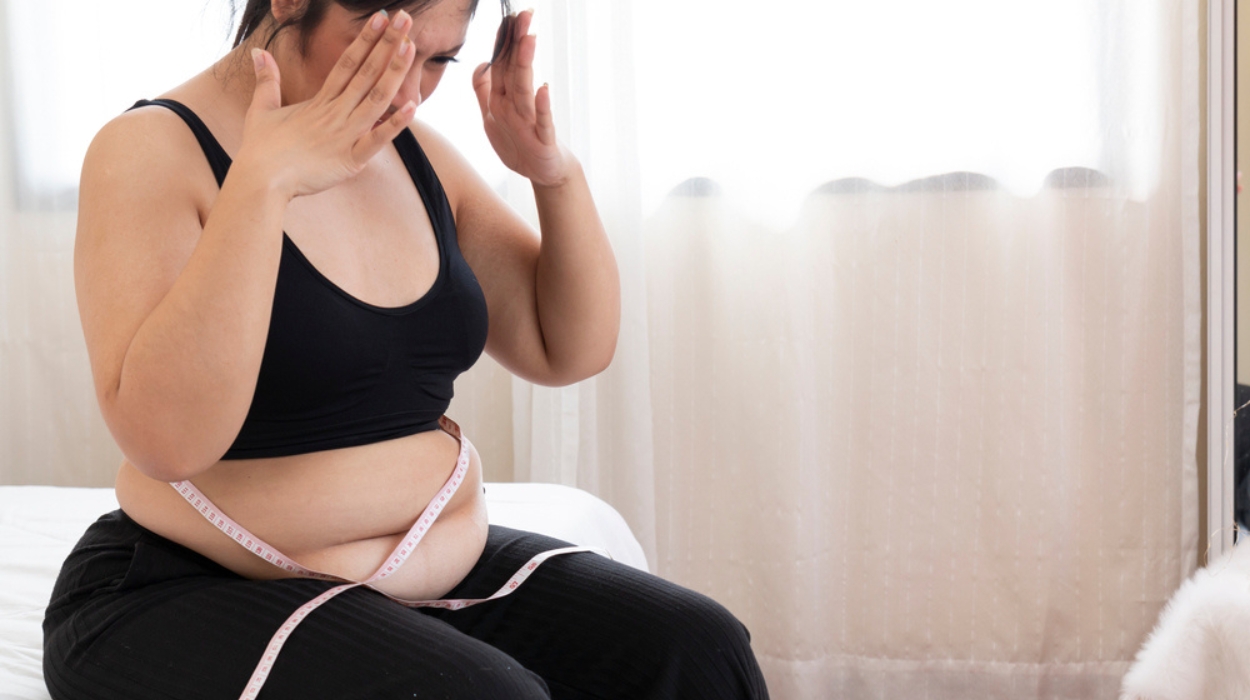How To Lose Breast Fat: 5 Best Methods To Reduce Your Breast Size In 2024
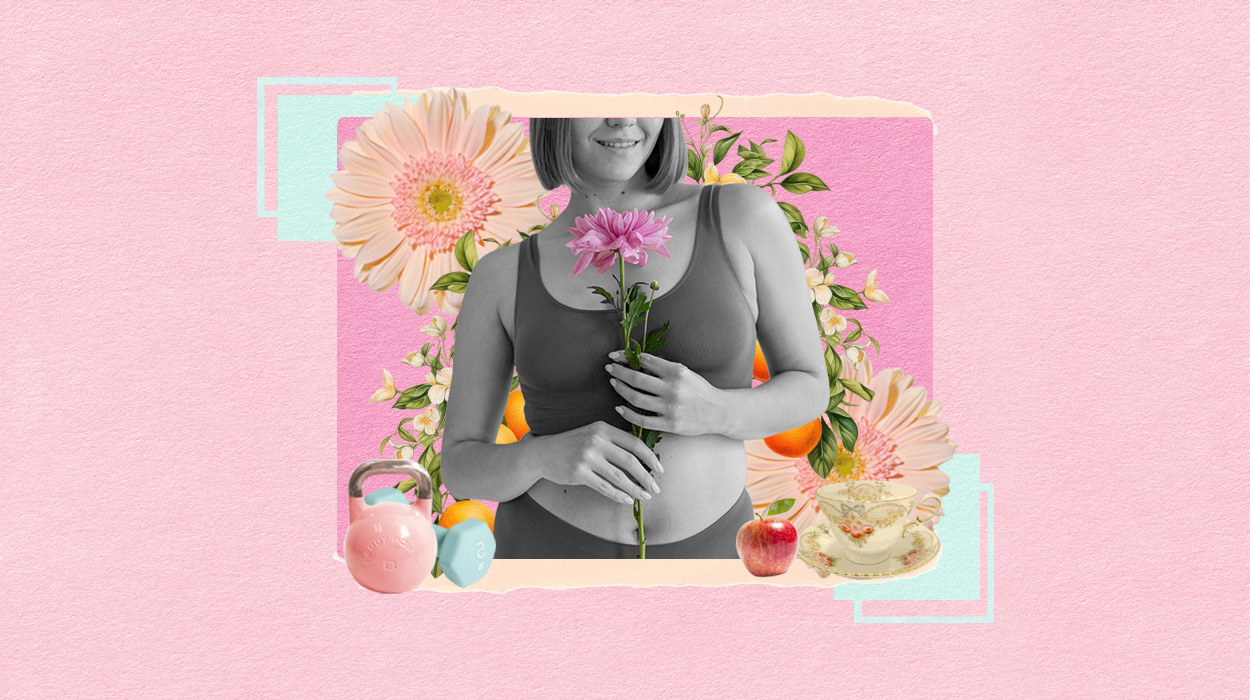
Although breasts are primarily associated with feminine beauty, larger breasts can sometimes be inconvenient or cause discomfort.
Scientific evidence suggests that large breast volume may indicate a greater propensity for fat reserves, primarily in the intermuscular and visceral depots but not the subcutaneous depot. For some women, these types of breasts can disrupt their daily way of life. Fortunately, several natural methods can help to manage body fat and potentially reduce large breasts.
If you are struggling with large breasts and are wondering how to make your boobs smaller, you’ve come to the right place. This article explores the root cause of large breasts and offers a range of ways and tips on how to reduce breast fat and subsequently decrease breast size.
5 Effective Methods For Reducing Breast Fat
The following natural strategies can help to reduce breast fat in the long-term:
- Massaging.
- Exercising.
- Dietary changes.
- Herbal remedies.
- Wearing a supportive bra.
How To Reduce Breast Size
If your large boobs make you uncomfortable, you’re probably curious about how to decrease breast size without breast reduction surgery. Here are five key ways on how lose breast fat quickly:
Featured Partner Offer
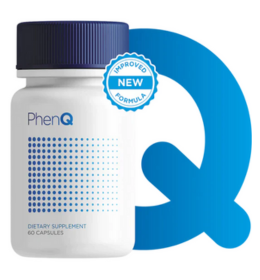
PhenQ
- Helps to burn fat
- Crushes food cravings
- Boosts energy and balances mood
- High-quality formula
Money Back Guarantee and Free US Shipping
Regular Massaging
Massaging your breasts offers a myriad of health benefits. For example, massaging increases the firmness and elasticity of your breasts. In addition, it helps reduce pain associated with breastfeeding[1] and aids in early detection of breast[2] cancer in some women.
Massaging your breasts with flaxseed oil or olive oil is incredibly beneficial. Animal studies suggest that flaxseed oil can help to reduce estrogen levels[3] in the body. Estrogen is responsible for the development of breast tissue. Therefore, countering its production by massaging with flaxseed oil or recommended fat burners might help to reduce the size of large breasts.
On the other hand, olive oil has shown promising results in human and animal studies as an essential component for improving blood circulation and stimulating the skin. Massaging with olive oil at least five minutes twice a day may reduce the size of your large breasts. Unfortunately, there is no sufficient scientific evidence to support these claims.
Regular Exercising

Spot reduction is exercising a specific part of your body to lose fat.
Many women believe that by participating in specifically targeted cardio and chest exercises, they can lose breast and chest fat. Contrary to this belief, physical exercises will not directly lead to smaller breasts. However, incorporating physical activities into your daily routine can help to reduce overall body fat, which can, in turn, reduce breast size.
By now, you’re probably wondering how to lose breast fat from exercise?
Since breasts are mostly fatty tissue, it would help if women with large breasts focus on high-intensity cardio exercises to reduce breast size. Workouts such as push-ups, yoga, cycling, jogging, chest presses, swimming, and free weights effectively burn calories.
Combining cardio and chest exercises will undoubtedly reduce overall body fat and give your breasts a firmer appearance.
Dietary Changes
Like exercising, eating right can help reduce overall body fat, which can, in turn, reduce breast fat.
The caloric intake determines body fat. Excess fats get stored in the body when people eat more than they shed. Nutritional experts recommend eating a low-fat, healthy diet[4] as it can indirectly help reduce breast fat by reducing overall body fat.
For efficient body fat burning, avoid processed foods. Instead, opt for highly nutritious, low-calorie foods such as nuts, fruits and vegetables, fats from fish, lean meats, and grilled chicken, which are recommended for their ability to leave you satiated while supporting healthy long-term weight management goals. This may influence the appearance and size of one’s breasts, especially if it leads to a change in body mass index.
In addition to food choices, drinking enough water and staying hydrated can also help to reduce fat deposition in your body. Adequate water intake allows the body to detox and flush excess fats and toxins from the body – These can help to reduce breast size in the long run.
Herbal Remedies

Herbal remedies are considered a healthy and safe way to reduce body fat. Herbs such as fenugreek, ginger, garcinia cambogia, turmeric, and green tea are associated with unique benefits that lead to increased fat burning.
Adding these ingredients to your everyday diet or supplementing with herbal medicines[5] or supplements may help you reduce breast size. However, as earlier mentioned, the best approach for burning body fats entails a holistic approach that emphasizes the importance of whole foods while resisting the urge for sugary foods or drinks since they don’t contain any real nutrients.
If you are considering adjusting your diet to a weight loss regime promoting body fat burning, discussing it with a registered dietitian can help with your situation.
Choosing The Right Bra
The volume and growth of breasts are not determined by the type or size of the bra you wear but by the hormones and genes that control breast growth.
However, choosing the right type of bra can create the illusion that your breasts are flatter and smaller. Some bras have supportive straps that promote good posture, prevent sagging, reduce back and neck pain, and support a perkier appearance.
What Causes Large Breasts?
Breasts mostly contain fat. In women, breasts start to enlarge during puberty due to fatty tissue deposition. This trend continues through adulthood but may be affected by several factors.
The underlying cause, which could include age, genetics, or hormonal changes, must be considered to determine the effective strategy to reduce breast size.Common reasons why some women may have large breasts include:
Pregnancy And Breastfeeding
Pregnant and breastfeeding mothers usually have large breasts. According to the National Cancer Institute,[6] your breasts may feel lumpier during pregnancy as the milk glands increase.
Certain Medications
A potential link has been established between certain drugs and breast enlargement. In most cases, breast enlargement via drug interactions is usually an adverse response or a side effect. It is not uncommon for certain drugs to have tolerable effects.
In particular, taking hormones such as birth control pills, injections, or hormone therapy[7] can potentially lead to large breasts. Other drugs may include recreational marijuana, anabolic steroids, and certain antidepressants.
Hormonal Changes
During puberty, young girls may start noticing many changes, such as pubic hair and an increase in the size of their boobs.
According to scientific evidence, it is at this point that the ovaries start to produce and release estrogen. As the estrogen levels increase, fat deposits in the connective tissue begin to collect, possibly stimulating excessive breast development.
Weight Gain
Breasts are made up of glandular, fatty, and fibrous connective tissues. When you increase or lose weight, the fatty tissues in the breast may also fluctuate because body weight is distributed throughout the body.
In case of weight gain, excess fat collects in the breasts, and this may cause your breasts to appear large. Conversely, overall body weight loss may sometimes result in smaller breasts.
This means that the appearance and size of your breasts depend on your overall weight.
Age
Technically, age does not directly cause large breasts.
However, researchers believe that some factors associated with age[8] may contribute to overall weight gain, which, as earlier mentioned, causes large breasts.
Genetics
Have you ever wondered why other people with similar body characteristics as yours have smaller or bigger breasts than you? Understanding breast biological processes is an excellent place to start to get your answers.
Genetics play the most prominent role in determining breast size, but just because you’ve got big boobs, it doesn’t mean you have bad genes.
The type and size of breasts may be hereditary. It means that some people are predisposed to having larger breasts than others if they have a family history of either parent having large breasts.
Autoimmune Conditions
Autoimmune conditions are diseases that occur when your natural defense system cannot distinguish between normal and foreign cells.
Autoimmune conditions of the breasts, such as lupus,[9] cause a benign inflammation in breast tissues, which may result in enlarged breasts.
Breast Hypertrophy
Breast hypertrophy is a condition that leads to uncontrolled breast enlargement. Depending on the severity, this condition is divided into gigantomastia and macromastia.
Gigantomastia is rare and is often characterized by excess breast tissue, especially during pregnancy. Conversely, macromastia refers to breast enlargement that is out of proportion with the rest of the body.
Featured Partner Offer
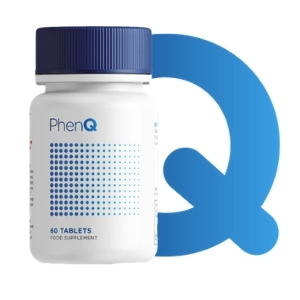
Other Tips To Reduce Your Breast Size
There is no one-size-fits-all approach to help reduce breast size. Here are additional tips to help with your goal:
- Stress reduction: Stress leads to hormonal imbalance, which can contribute to large breasts.
- Maintaining good posture: Sitting and standing up straight can help increase your breasts’ firmness and appearance.
- Clothing: Choosing a minimizer bra can help your breasts to appear smaller.
- Lifestyle changes: Avoid unhealthy habits and drugs such as smoking and alcohol.
- Drink green tea: Green tea curbs your cravings and helps reduce overall body weight, which may affect breast size.
- Massage: Lymphatic drainage may lead to a slight reduction in voluminous breasts, but the results are not permanent.
Conclusion
No matter your breast size, you should first prioritize feeling confident in how you look naturally.
However, if you are truly uncomfortable with your large breasts, regularly exercising, massaging, eating well, and adjusting your lifestyle habits can help to reduce their size. These methods do not require any surgical procedures and can be successfully implemented at home.
It is vital to remember that everyone is unique in their ways. Since the size of the breasts depends on biological and environmental factors, it is essential to discuss your large breasts with a healthcare practitioner for informed decisions.
Frequently Asked Questions
Breast size depends on the amount of fat deposited in your breast tissues. However, it is not the only cause. Other factors such as age and genetics can also affect one’s breast size.
Aerobic exercises such as swimming and cycling can help to lose overall body fat. Combining chest and strength training exercises such as push-ups can help tone chest muscles and burn breast fats. By reducing fat and increasing muscle mass in the chest area with exercise, breasts may appear smaller and firmer.
A combination of a healthy diet and exercise can often help burn overall body fats, which may result in smaller breasts.
Leading an active lifestyle characterized by eating a healthy diet and regular exercise can help to burn excess body fats. This can, in turn, help to reduce large breasts quickly. However, do not expect significant results in just seven days. These results typically take a few weeks to months to show, and can be maintained by keeping up with the new diet and exercise regimen.
Absolutely. Losing body weight can also contribute to smaller breasts.
Most women’s breasts will return to their original size after pregnancy. However, the breasts may remain slightly larger for some, even after having a baby.
Resources
- Anderson, L., Kynoch, K., Kildea, S. and Lee, N. (2019). Effectiveness of breast massage for the treatment of women with breastfeeding problems. JBI database of systematic reviews and implementation reports, [online] 17(8), pp.1668–1694. doi:https://doi.org/10.11124/jbisrir-2017-003932.
- Shaheed, S., Tait, C., Kyriacou, K., Linforth, R., Salhab, M. and Sutton, C.W. (2018). Evaluation of nipple aspirate fluid as a diagnostic tool for early detection of breast cancer. Clinical Proteomics, [online] 15(1). doi:https://doi.org/10.1186/s12014-017-9179-4.
- Anushka Dikshit, Gao, C., Small, C., Hales, K. and Hales, D.B. (2016). Flaxseed and its components differentially affect estrogen targets in pre-neoplastic hen ovaries. The Journal of Steroid Biochemistry and Molecular Biology, [online] 159, pp.73–85. doi:https://doi.org/10.1016/j.jsbmb.2016.02.028.
- Ju Young Kim (2021). Optimal Diet Strategies for Weight Loss and Weight Loss Maintenance. Journal of obesity & metabolic syndrome, [online] 30(1), pp.20–31. doi:https://doi.org/10.7570/jomes20065.
- Teng, L., E Lyn Lee, Zhang, L. and Barnes, J. (2020). Herbal preparations for weight loss in adults. The Cochrane library. [online] doi:https://doi.org/10.1002/14651858.cd013576.
- Understanding Breast Changes A Health Guide for Women National Institutes of Health. (n.d.). Available at: https://www.cancer.gov/types/breast/breast-changes/understanding-breast-changes.pdf.
- Azam, S., Lange, T., Huynh, S., Aro, A.R., My von Euler‐Chelpin, Vejborg, I., Tjønneland, A., Lynge, E. and Zorana Jovanovic Andersen (2018). Hormone replacement therapy, mammographic density, and breast cancer risk: a cohort study. Cancer Causes & Control, [online] 29(6), pp.495–505. doi:https://doi.org/10.1007/s10552-018-1033-0.
- Souza, B., Karina Abibi Rimes-Dias, Janaína Calu Costa and Daniela Silva Canella (2022). Weight Gain and Change in Body Mass Index after Age 20 in the Brazilian Population and Associated Sociodemographic Factors: Data from the National Health Survey. International Journal of Environmental Research and Public Health, [online] 19(5), pp.2851–2851. doi:https://doi.org/10.3390/ijerph19052851.
- Radjiv Goulabchand, Assia Hafidi, Van, Millet, I., Maria, A., Morel, J., A. Le Quellec, Hélène Perrochia and Philippe Guilpain (2020). Mastitis in Autoimmune Diseases: Review of the Literature, Diagnostic Pathway, and Pathophysiological Key Players. Journal of Clinical Medicine, [online] 9(4), pp.958–958. doi:https://doi.org/10.3390/jcm9040958.
More from Weight Management
-
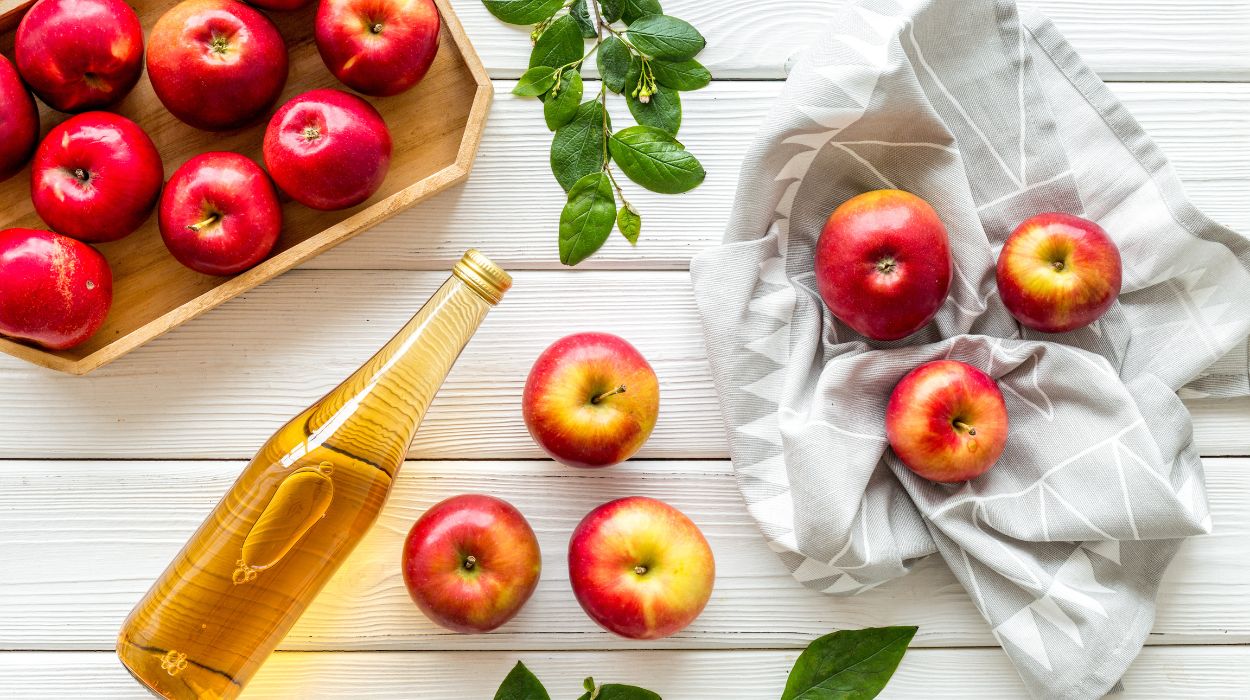
How To Drink Apple Cider Vinegar For Weight Loss In 1 Week In 2024
January 10, 2024
Taking apple cider vinegar has become a sensation for its supposed health benefits, despite its sour taste. Apple cider vinegar may…Read more -
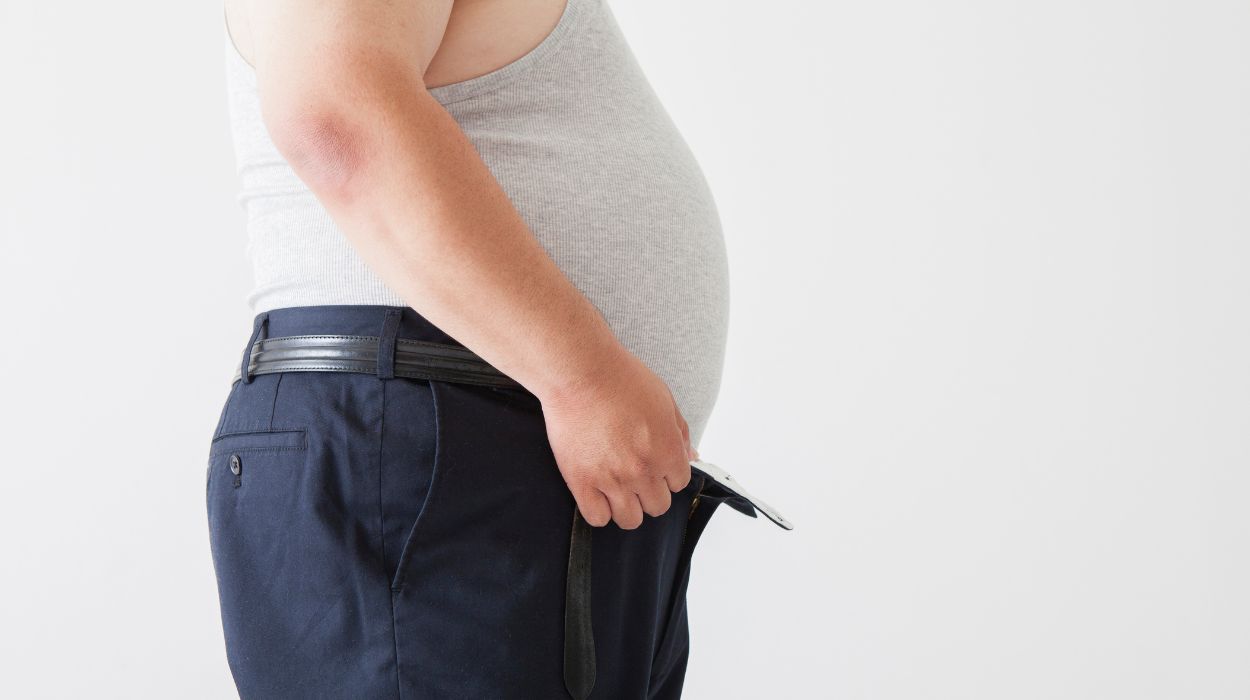
How To Lose Belly Fat After 50: Here’s 10 Tips For People Over 50 To Try In 2024
December 27, 2023
Losing weight over 50 can feel challenging, especially in stubborn areas like the abdomen. As we age, hormonal changes, slower metabolism,…Read more -
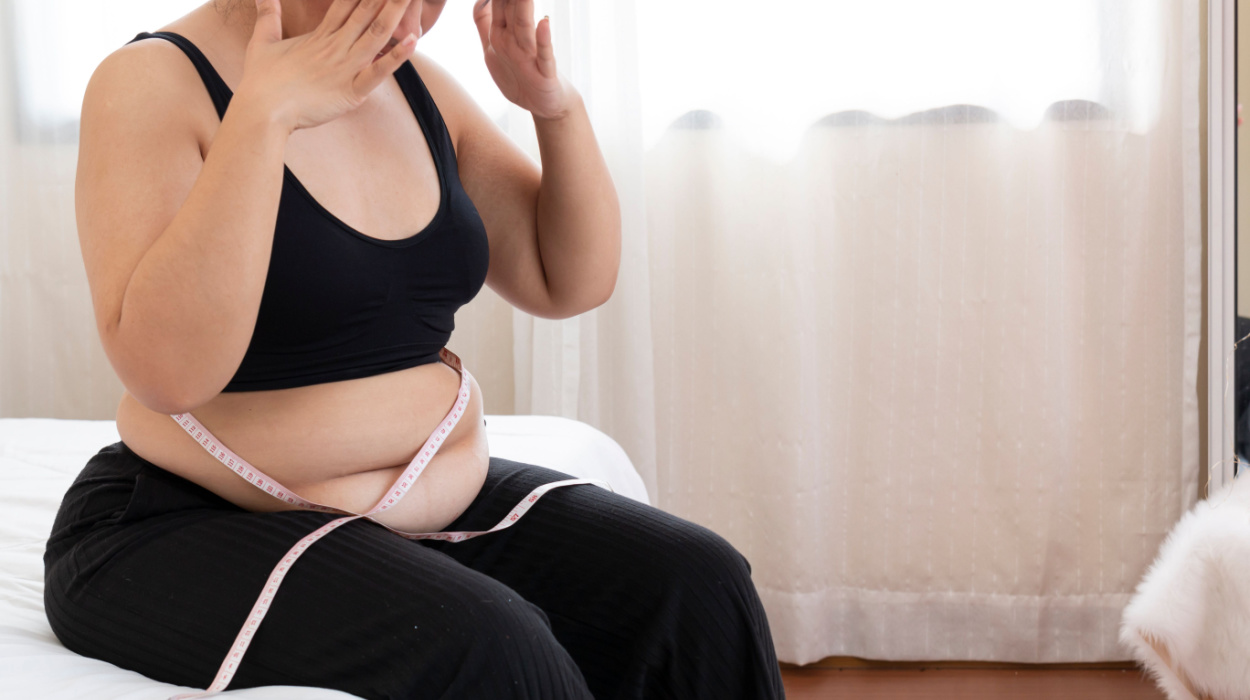
How To Lose Weight With Hypothyroidism – 10 Ways You Should Try In 2024
December 22, 2023
Hypothyroidism[1] is a condition that occurs when a person has low levels of thyroid hormone, and it most often develops when…Read more -

Hypnosis For Weight Loss: Unlocking Your Mind’s Potential For Success 2024
December 20, 2023
You’ve heard about various methods and tools to achieve weight loss and you might have looked into how to get ozempic.…Read more

